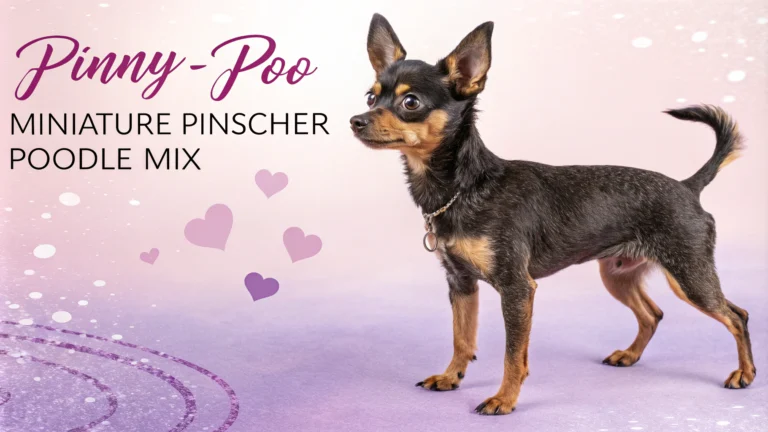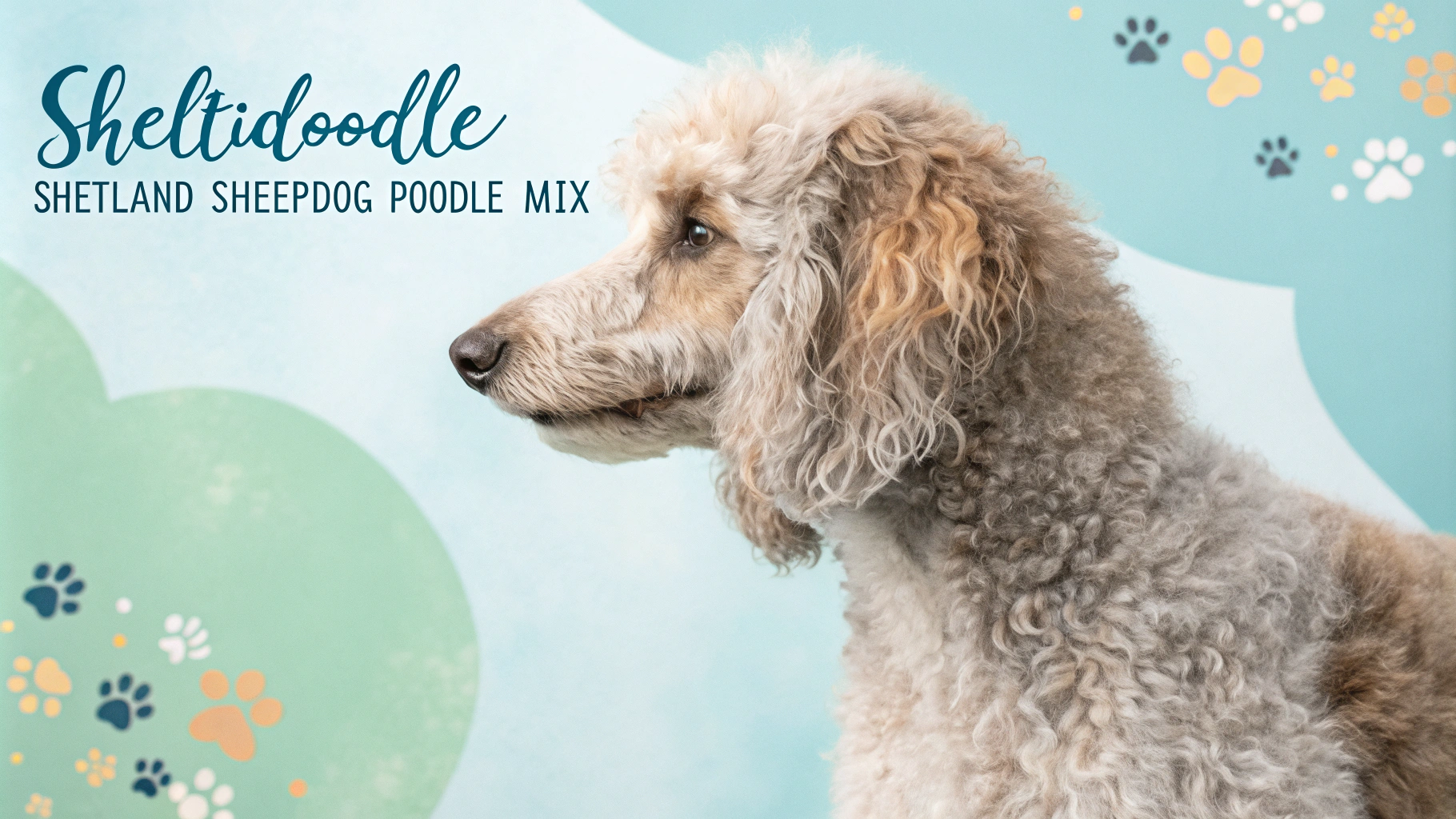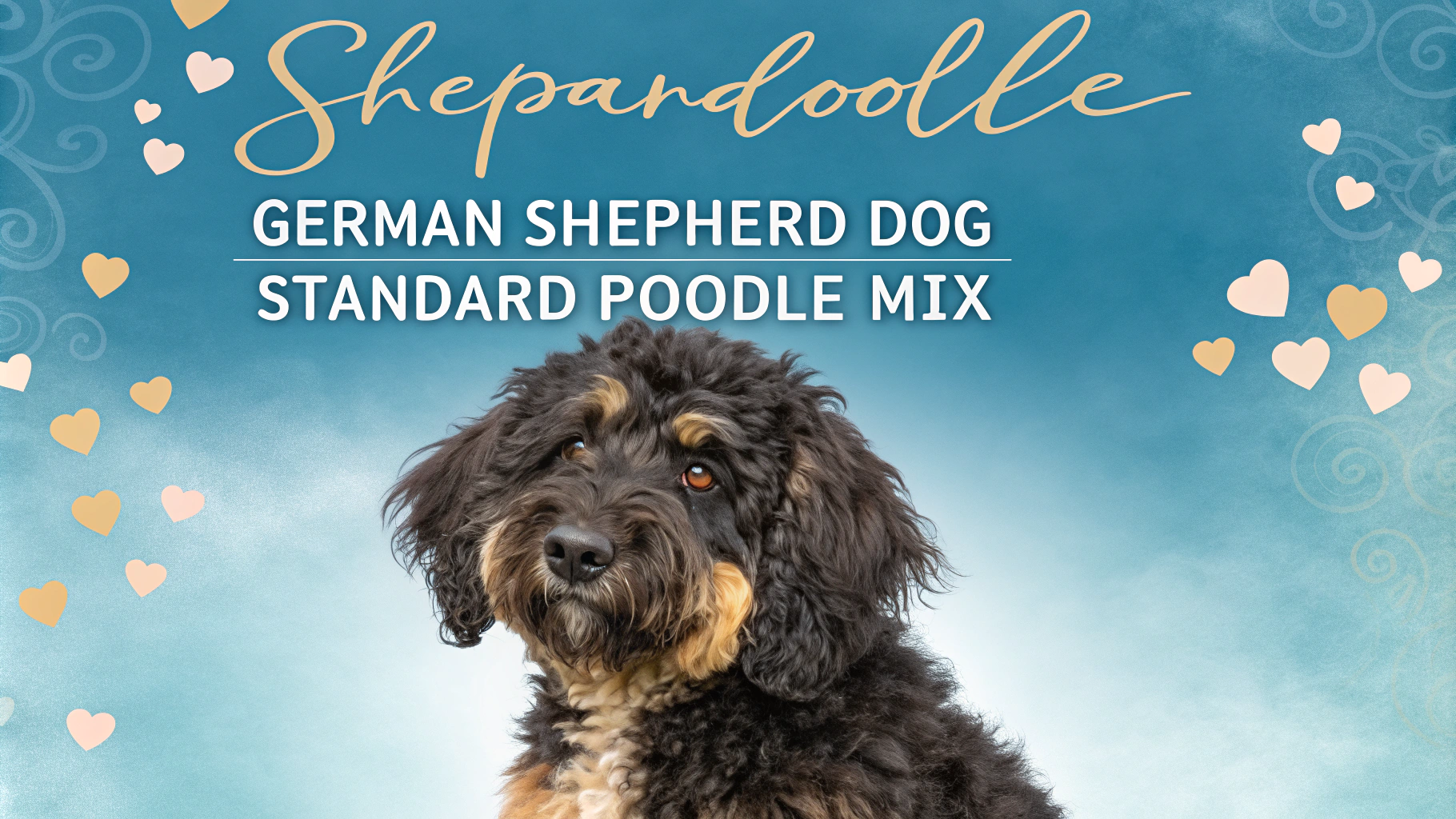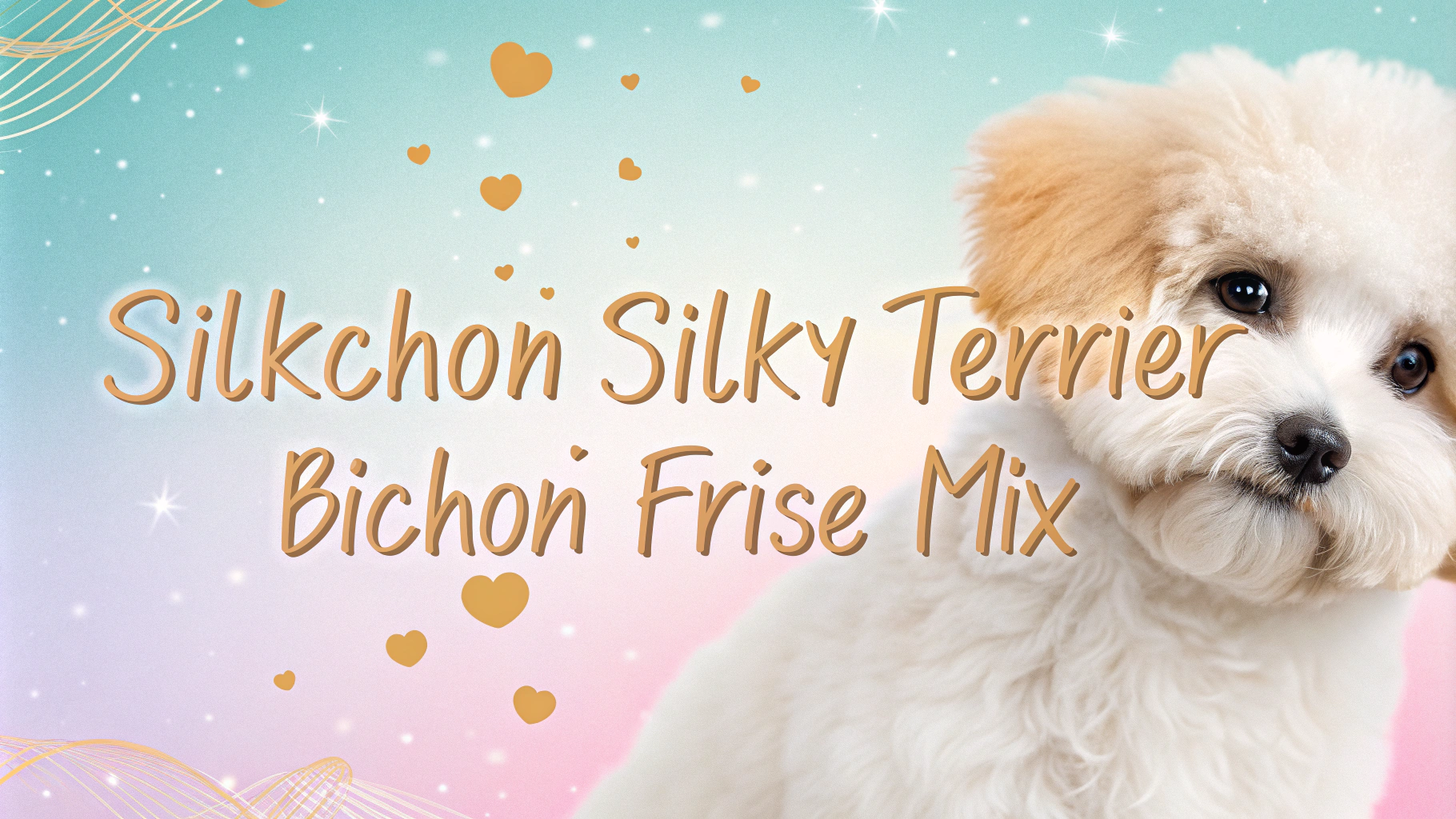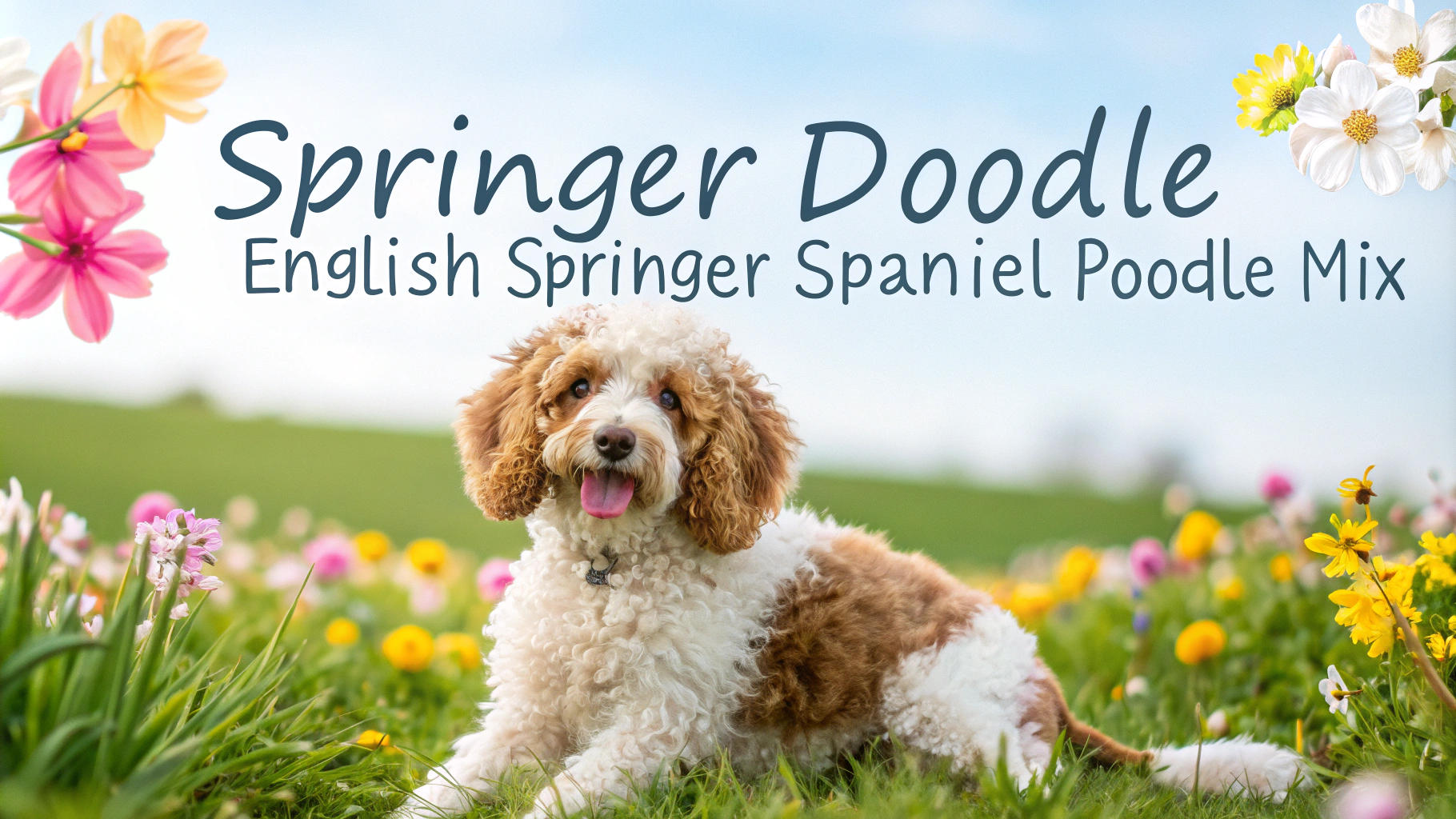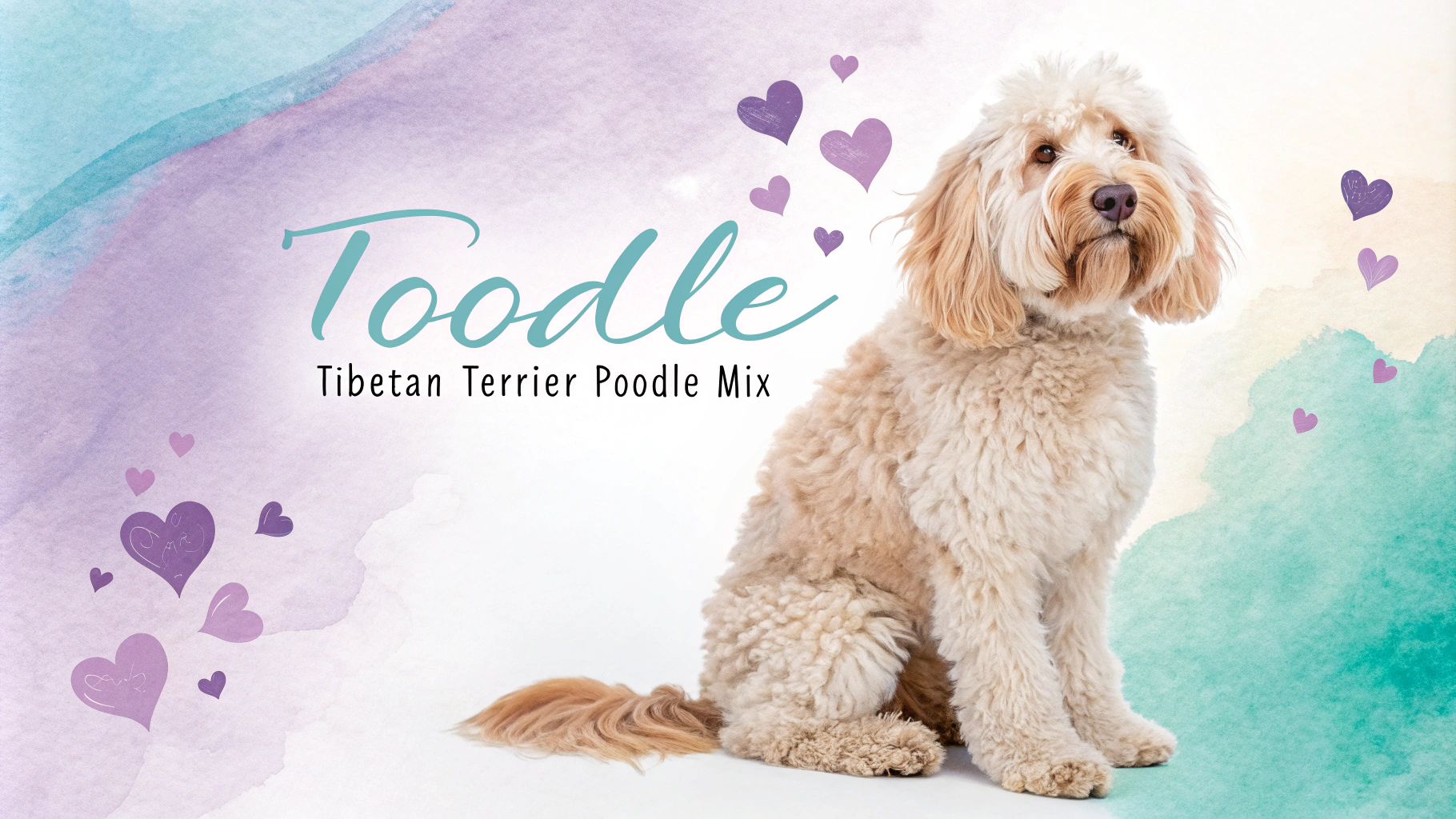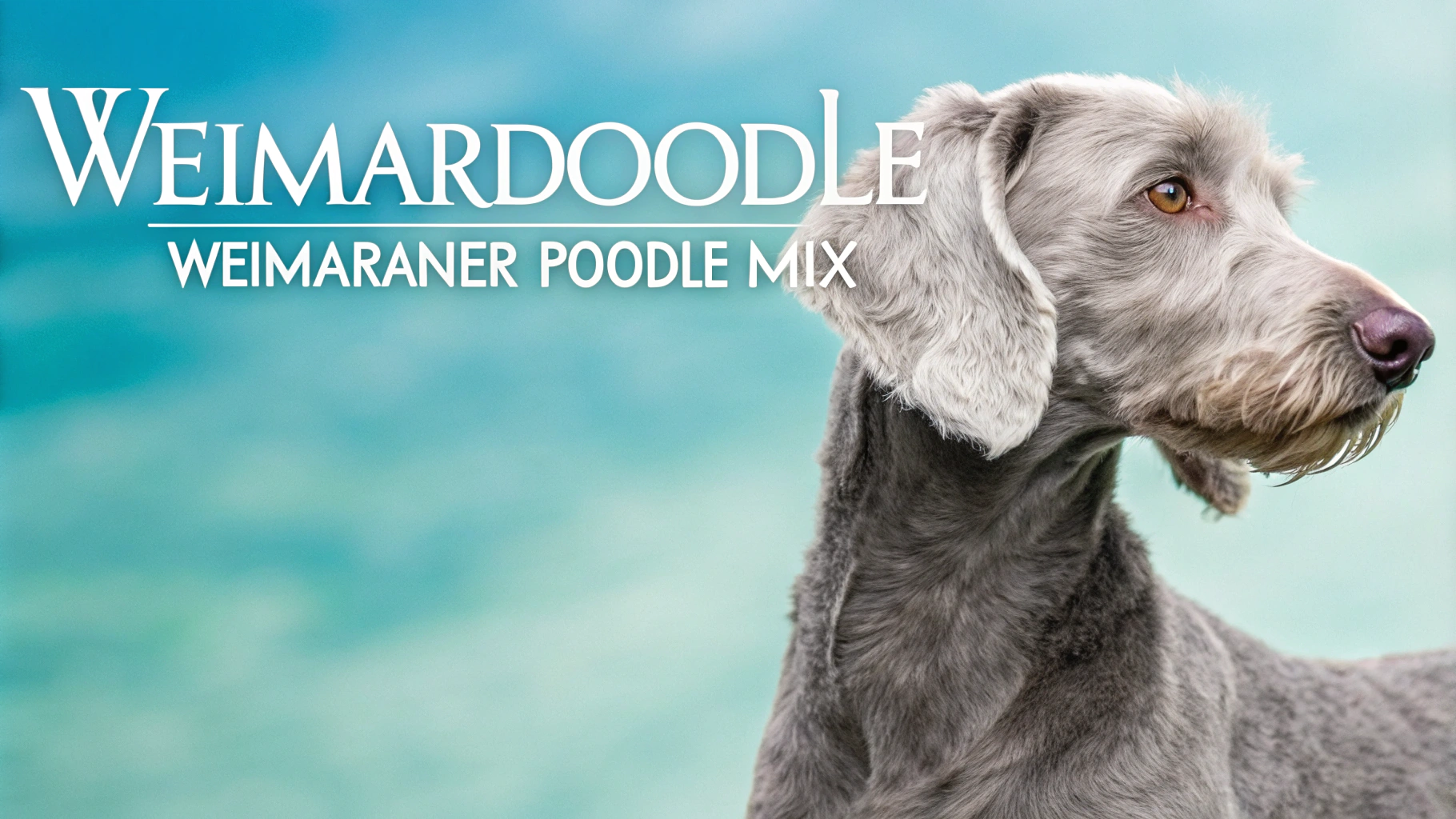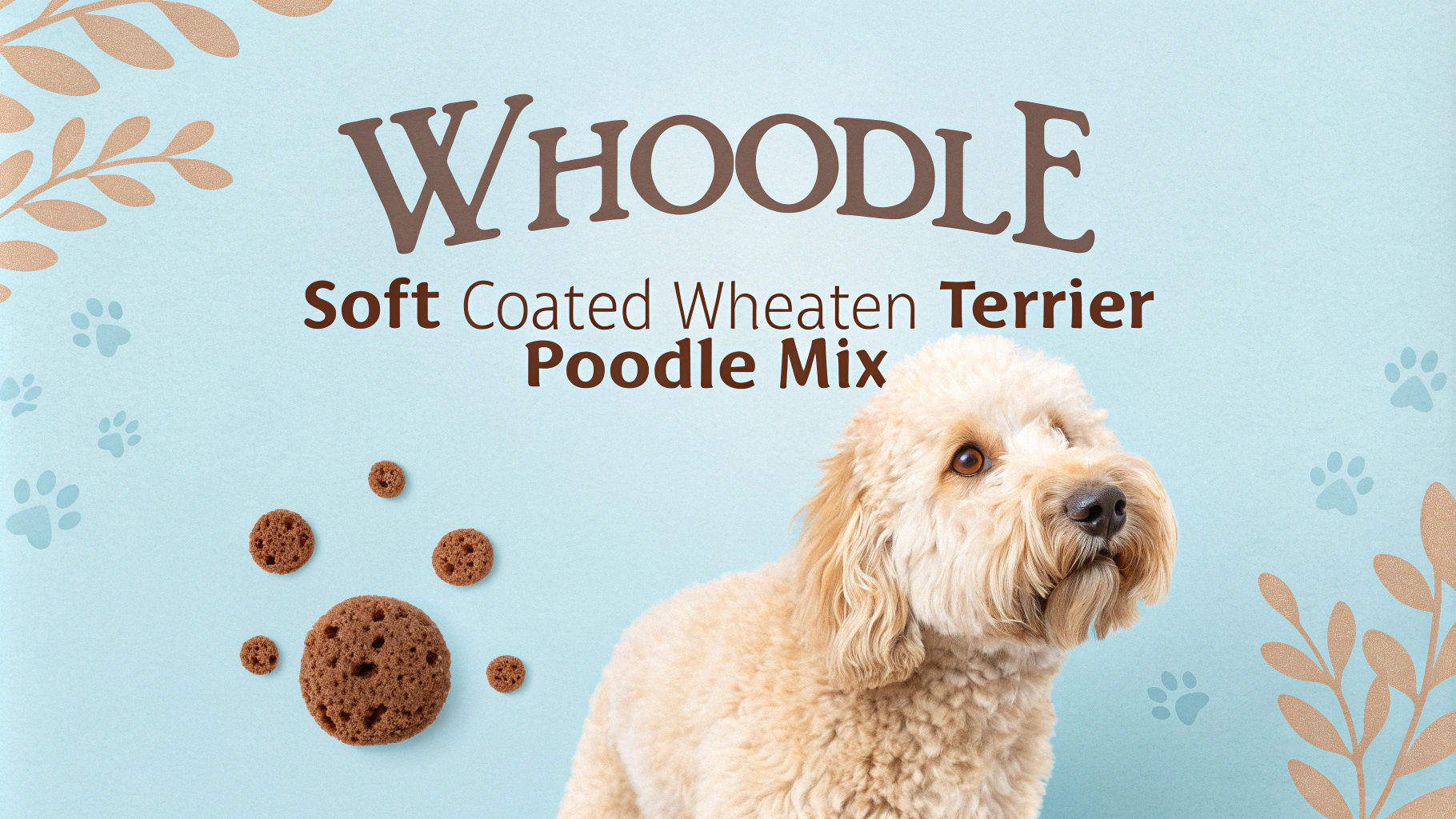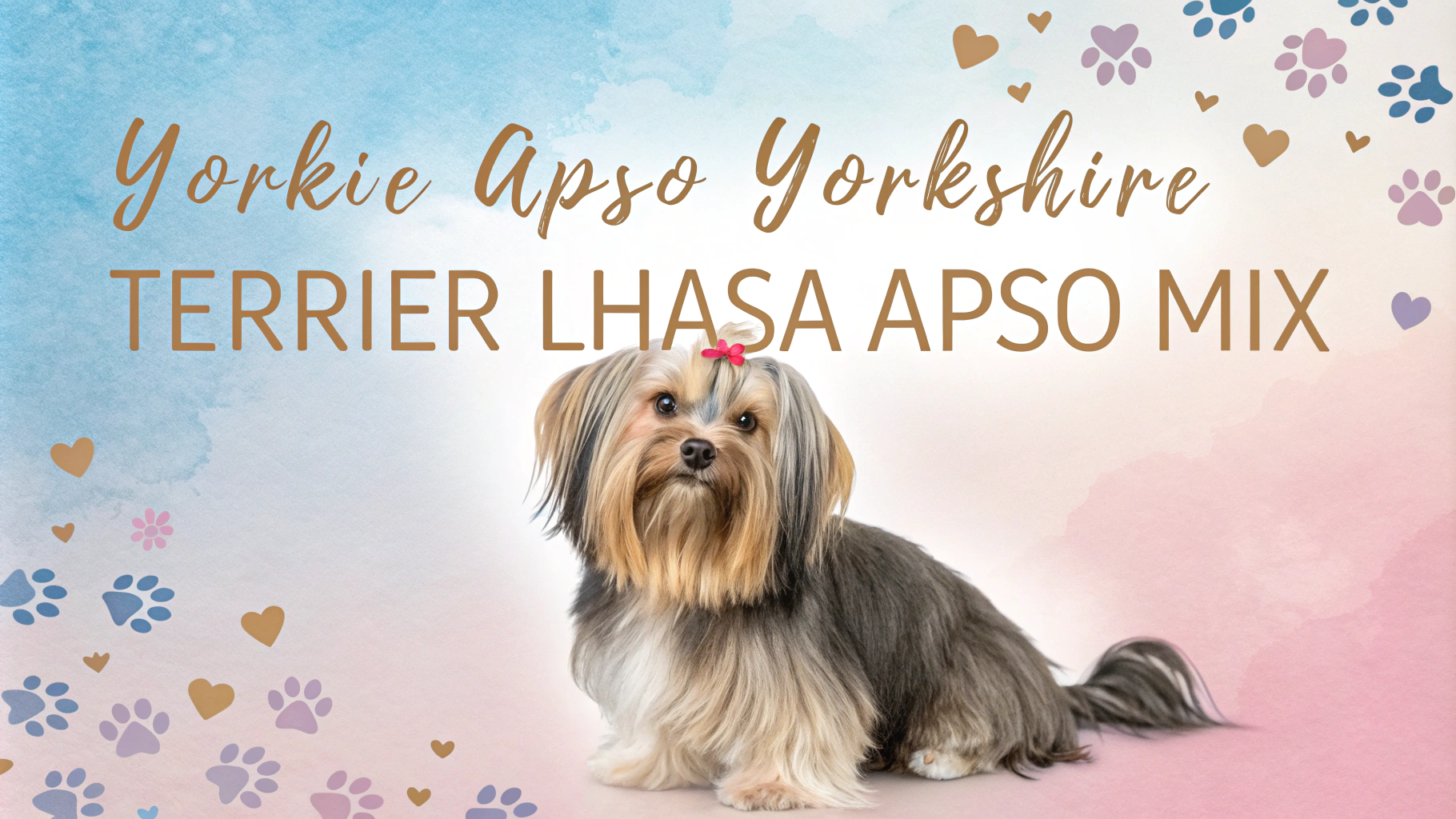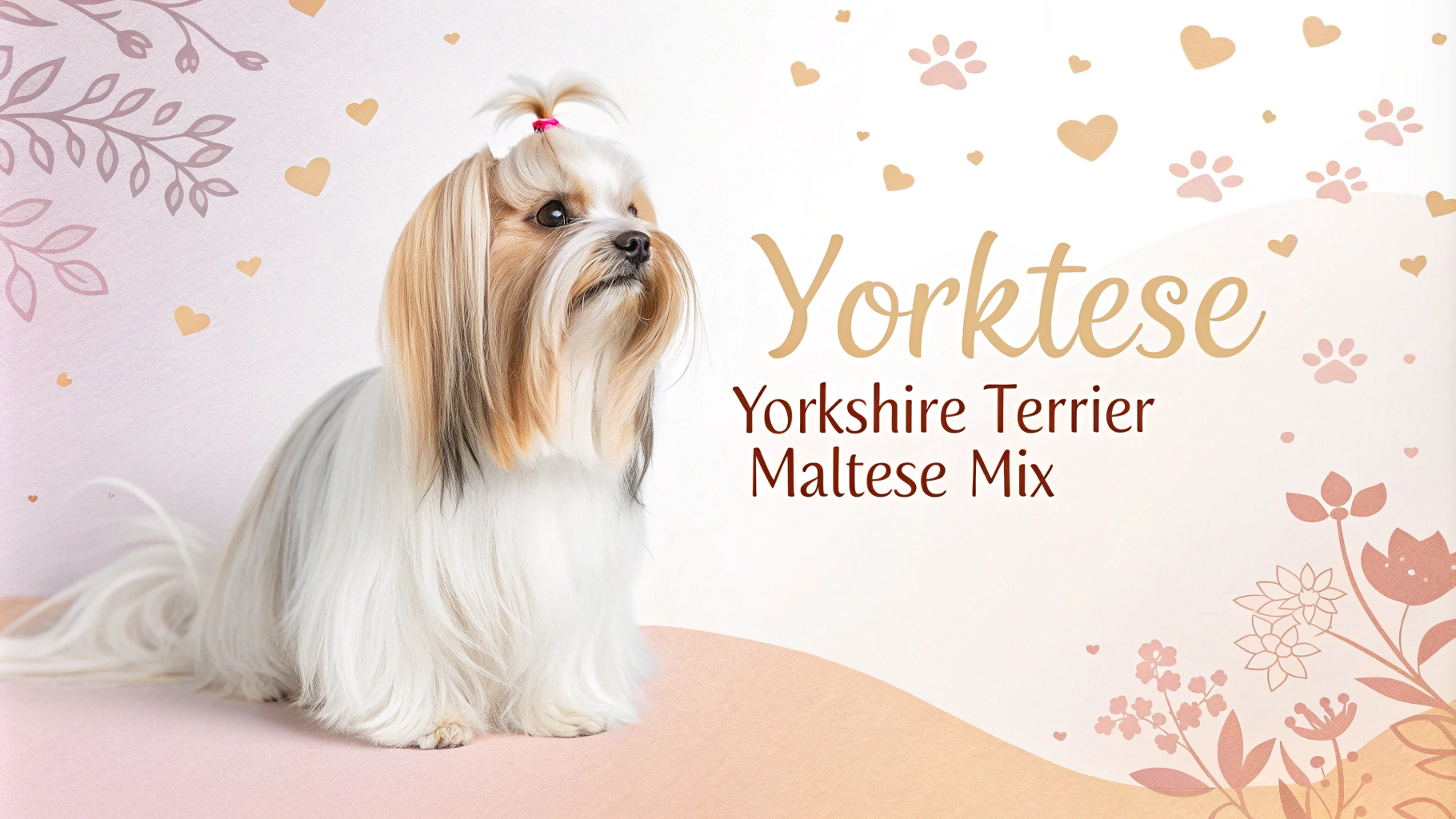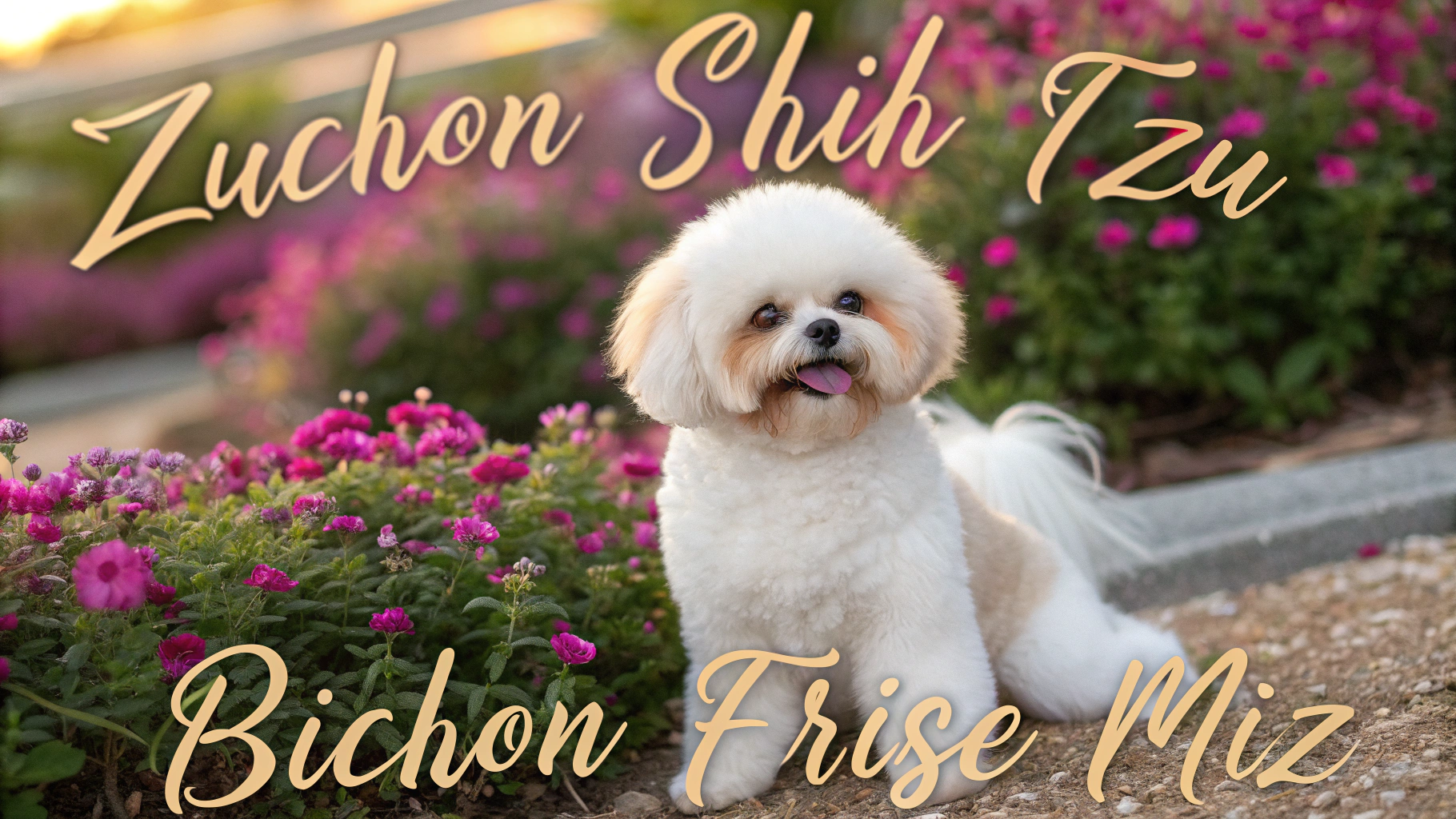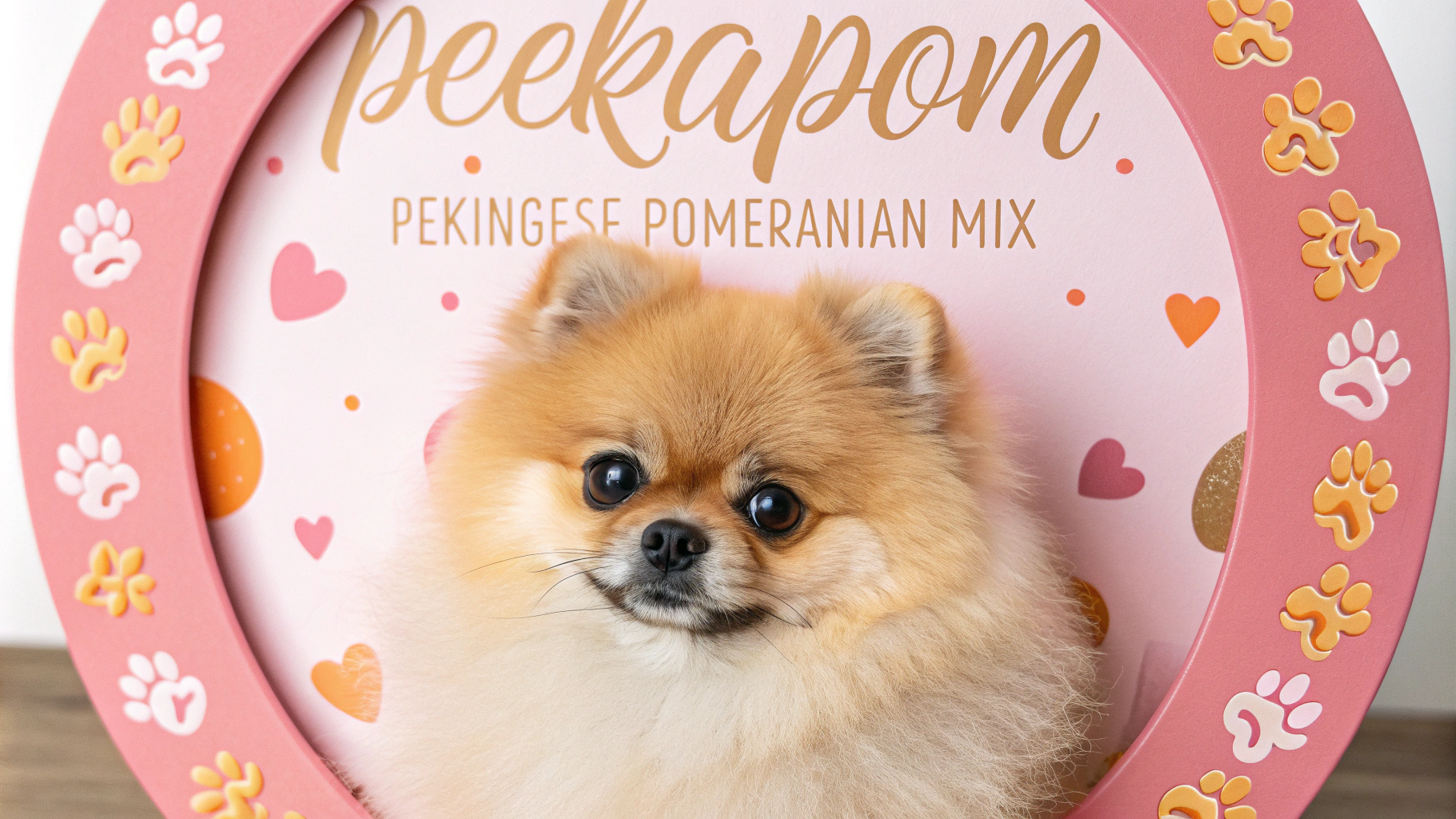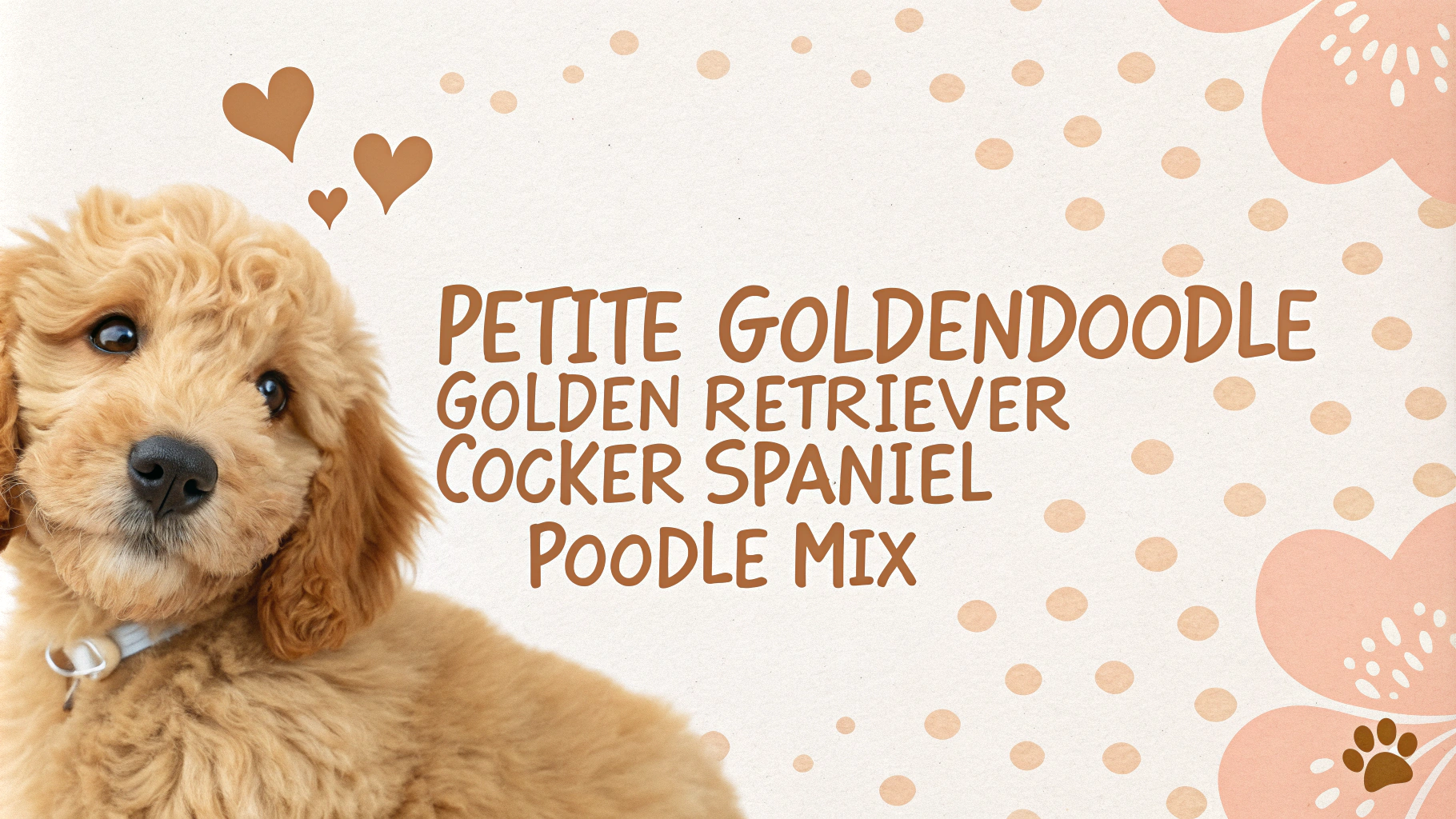The Pinny-Poo, also known as the Poomin or Miniature Pinscher Poodle Mix, is a charming hybrid dog breed resulting from crossing a Miniature Pinscher with a Toy or Miniature Poodle. This designer breed combines the alertness and energy of the Miniature Pinscher with the intelligence and low-shedding coat of the Poodle. Pinny-Poos are typically small in size, making them suitable for various living situations, including apartments.
Key Facts
- Size: Small (8-15 inches tall, 6-20 pounds)
- Lifespan: 12-15 years
- Coat: Short to medium length, can be straight, wavy, or curly
- Colors: Various, including black, brown, white, cream, and combinations
- Temperament: Intelligent, energetic, affectionate, and alert
- Exercise Needs: Moderate to high
- Grooming: Regular brushing and occasional professional grooming
Character Traits
Pinny-Poos inherit a blend of characteristics from their parent breeds, resulting in a unique and lovable personality. They are typically intelligent, alert, and energetic, combining the Miniature Pinscher’s boldness with the Poodle’s quick-wittedness. These dogs are often affectionate with their families and can form strong bonds with their owners. Pinny-Poos tend to be playful and curious, enjoying interactive games and mental stimulation. They may inherit the Miniature Pinscher’s tendency to be protective, making them excellent watchdogs despite their small size. However, early socialization is crucial to prevent excessive barking or wariness of strangers. Pinny-Poos are generally good with children and other pets when properly socialized, but their small size means interactions should be supervised to prevent accidental injury.
History & Origins
The Pinny-Poo is a relatively new designer breed, likely originating within the last few decades as part of the growing trend of creating hybrid dogs. While the exact origins are not well-documented, the breed was likely developed to combine the desirable traits of both parent breeds. The Miniature Pinscher, contrary to popular belief, is not a miniature version of the Doberman Pinscher but an older breed with roots in Germany, where it was used for ratting. The Poodle, originating in Germany and standardized in France, was initially bred as a water retriever but became popular as a companion dog. By combining these breeds, breeders aimed to create a small, intelligent, and low-shedding companion dog with the alertness of the Miniature Pinscher and the trainability of the Poodle. As with many designer breeds, Pinny-Poos are not recognized by major kennel clubs but are growing in popularity among dog enthusiasts seeking unique, small-sized companions.
Health Concerns
The Pinny-Poo, like many mixed breeds, may inherit health issues from both parent breeds. Common concerns include:
- Patellar luxation: A condition where the kneecap dislocates, common in small breeds
- Progressive retinal atrophy (PRA): An inherited eye disorder that can lead to blindness
- Legg-Calve-Perthes disease: A hip joint disorder that can cause lameness
- Dental issues: Due to their small size, they may be prone to tooth overcrowding and decay
Regular vet check-ups, dental care, and genetic testing can help manage these potential health issues. It’s important to obtain your Pinny-Poo from a reputable breeder who conducts health screenings on parent dogs.
Exercise Needs
Pinny-Poos are typically energetic dogs that require moderate daily exercise. Their exercise needs include:
- 30-60 minutes of activity per day
- Daily walks
- Interactive play sessions
- Mental stimulation through puzzle toys and training exercises
While they can adapt to apartment living, they thrive with access to a secure, fenced yard for play. Regular exercise helps prevent boredom and potential behavioral issues. Despite their small size, Pinny-Poos often have a good amount of stamina and enjoy longer walks or hikes when properly conditioned.
Space Requirements
Pinny-Poos are adaptable dogs that can thrive in various living situations, including:
- Apartments
- Small homes
- Larger residences with yards
Their small size makes them suitable for compact living spaces, but they do benefit from having some room to play and explore. A secure outdoor area is ideal but not necessary if they receive adequate exercise through walks and outings. Inside the home, they should have a designated sleeping area, space for toys, and room for short play sessions. Despite their size, Pinny-Poos are active and may zip around the house, so clutter-free areas are beneficial for their safety.
Nutrition & Feeding
Proper nutrition is crucial for the health and well-being of Pinny-Poos. Key considerations include:
- High-quality dog food: Choose a premium brand formulated for small breeds
- Portion control: Monitor food intake to prevent obesity, which is common in small breeds
- Feeding schedule: 2-3 small meals per day is typically recommended
- Age-appropriate diets: Adjust food type and quantity as they transition from puppy to adult to senior
Consult with a veterinarian to determine the best diet plan for your individual Pinny-Poo, as nutritional needs can vary based on age, activity level, and health status. Fresh water should always be available, and treats should be given in moderation, not exceeding 10% of their daily caloric intake.
Grooming Tips
The Pinny-Poo’s grooming needs can vary depending on which parent breed it takes after more. If it inherits the Poodle’s curly coat, regular brushing (2-3 times a week) will be necessary to prevent matting and tangling. For a coat more similar to the Miniature Pinscher, brushing once or twice a week should suffice. Regular baths every 4-6 weeks are recommended, using a mild dog shampoo. Pay special attention to cleaning the ears, as both parent breeds can be prone to ear infections. Trim nails regularly, ideally every 2-3 weeks, and brush teeth several times a week to maintain good oral hygiene. Professional grooming every 6-8 weeks can help keep the coat in good condition and manage any specific coat issues. If the Pinny-Poo has a Poodle-like coat, consider regular trimming to keep the fur at a manageable length and prevent overheating in warmer months.
Training Approach
The Pinny-Poo is generally an intelligent and eager-to-please breed, making training relatively straightforward. However, they can inherit the stubborn streak of the Miniature Pinscher, so consistency and patience are key. Positive reinforcement techniques work best with this mix, using treats, praise, and play as rewards for good behavior. Early socialization is crucial to ensure they develop into well-rounded adults. Start training sessions from a young age, keeping them short and engaging to maintain the dog’s interest. Both parent breeds can be prone to barking, so teaching a “quiet” command early on is advisable. Housebreaking should be relatively easy, but consistency is important. Mental stimulation through puzzle toys and training games is essential to keep their active minds engaged. Remember that Pinny-Poos can be sensitive, so avoid harsh corrections and focus on redirecting unwanted behaviors. With patience and consistent training, Pinny-Poos can excel in obedience and even agility activities.
